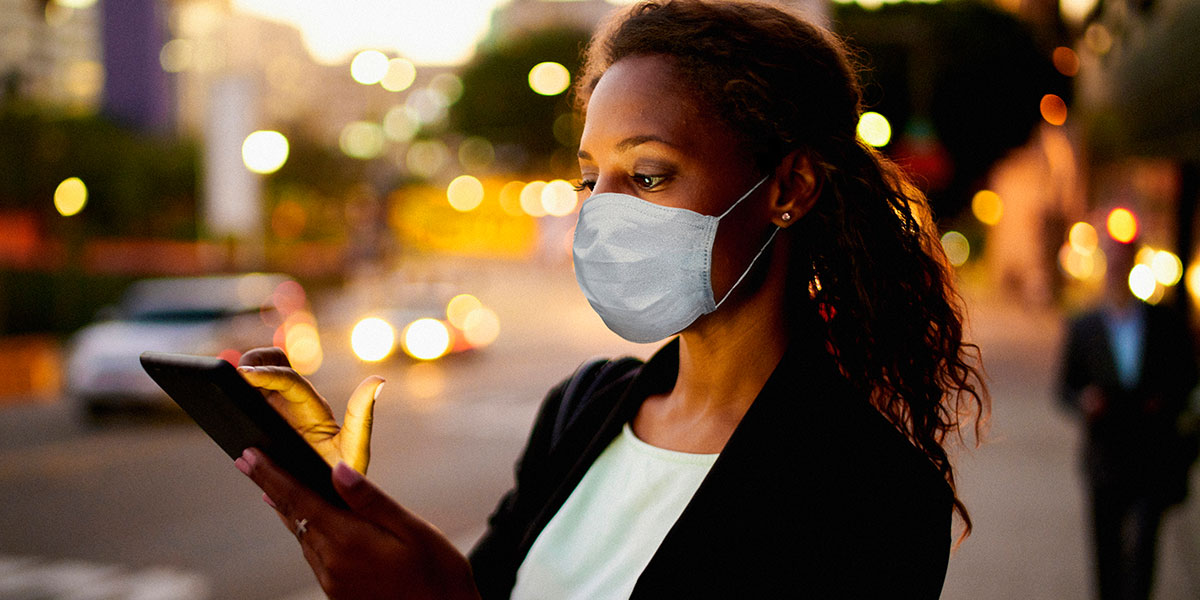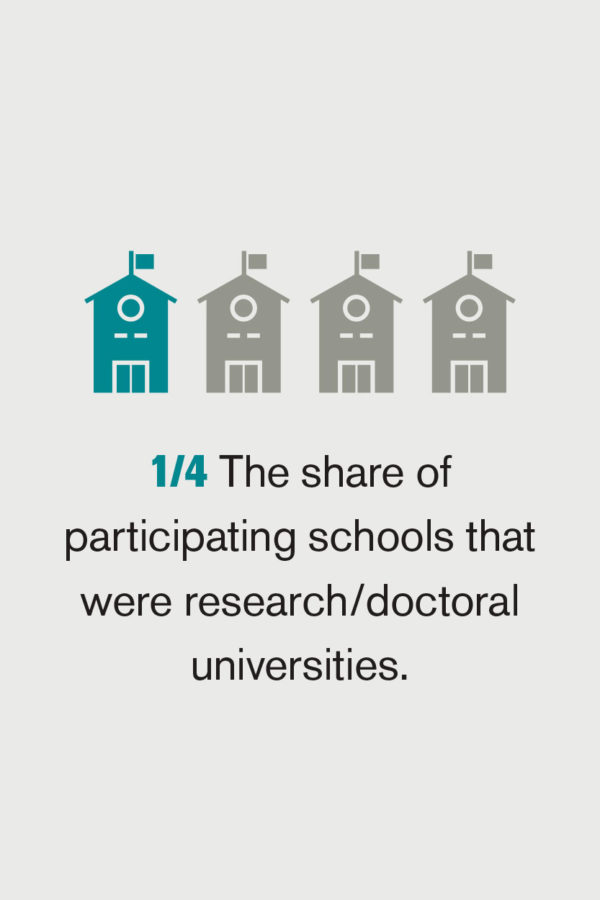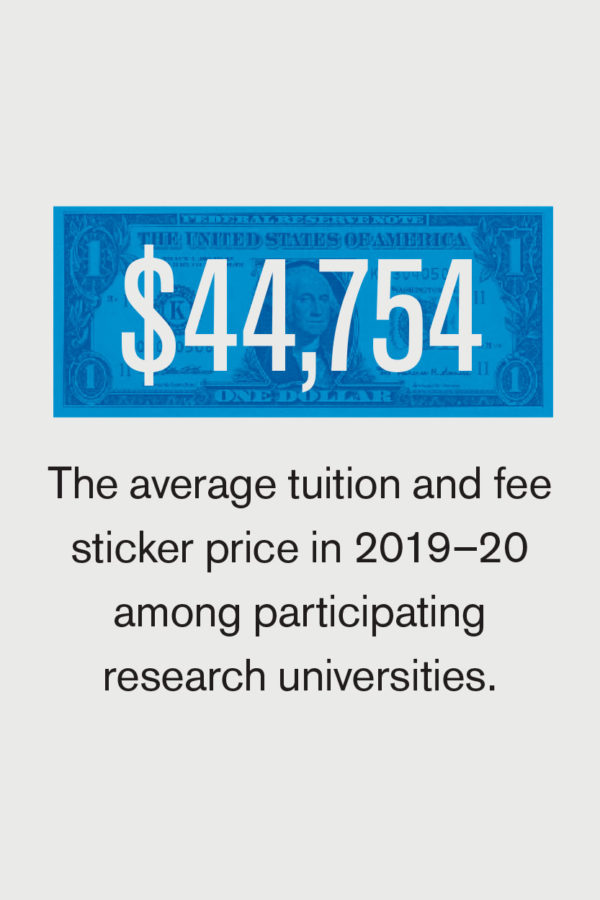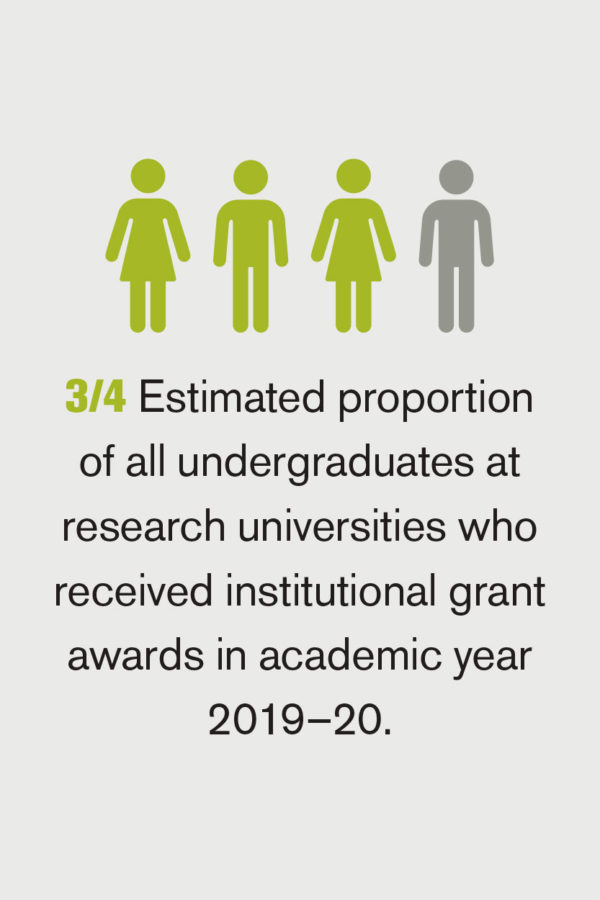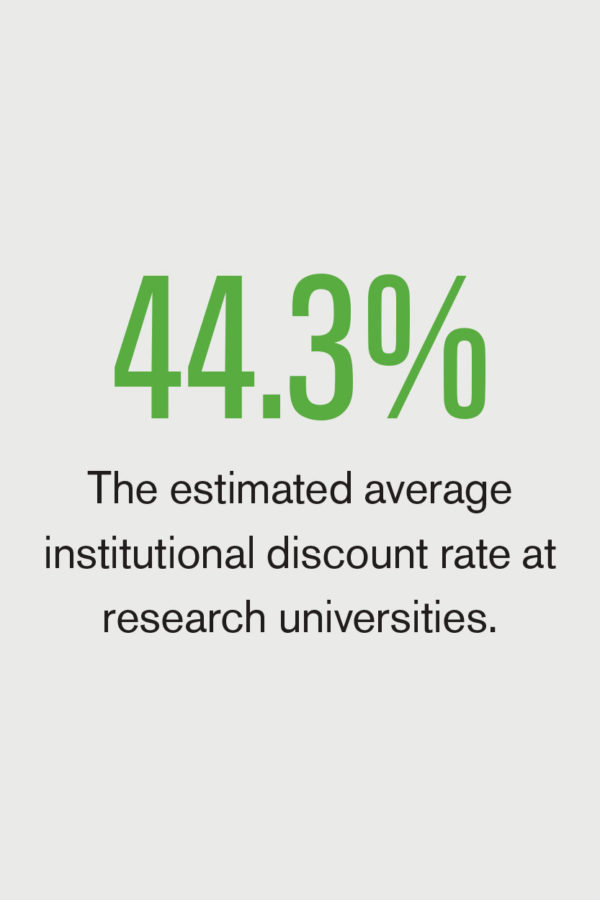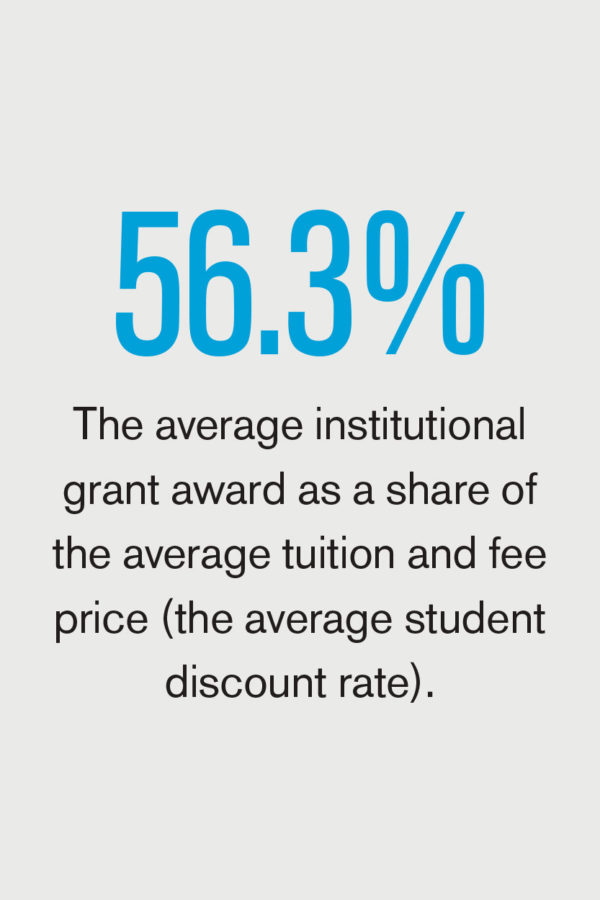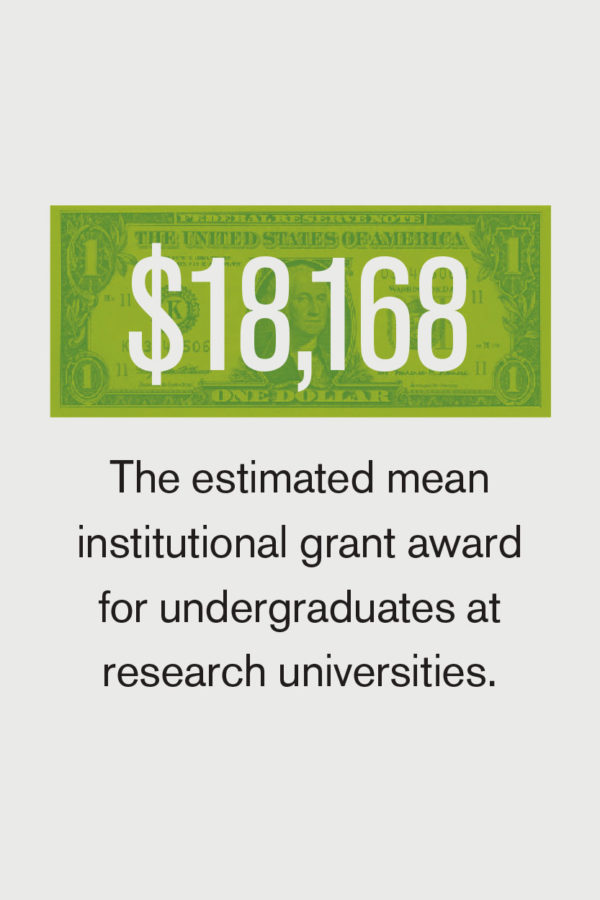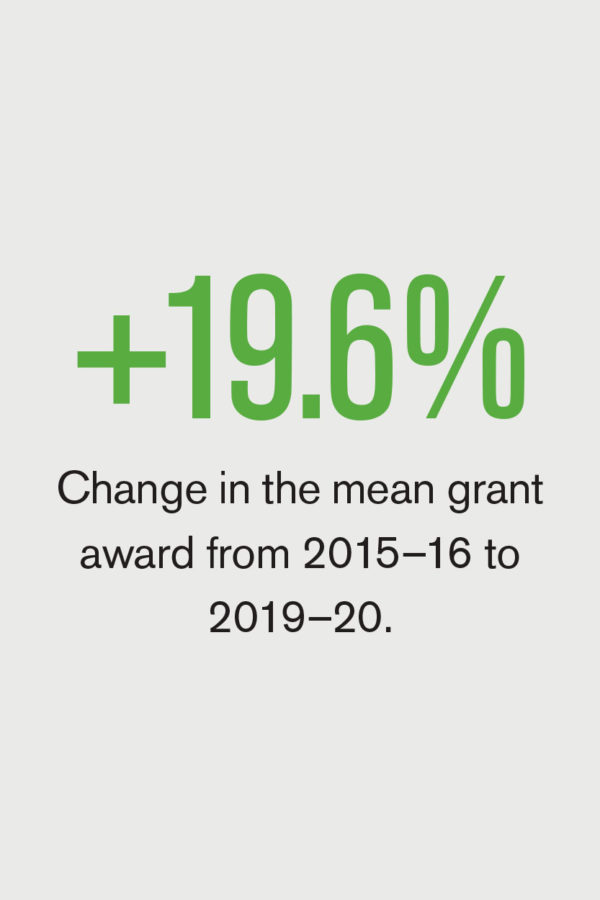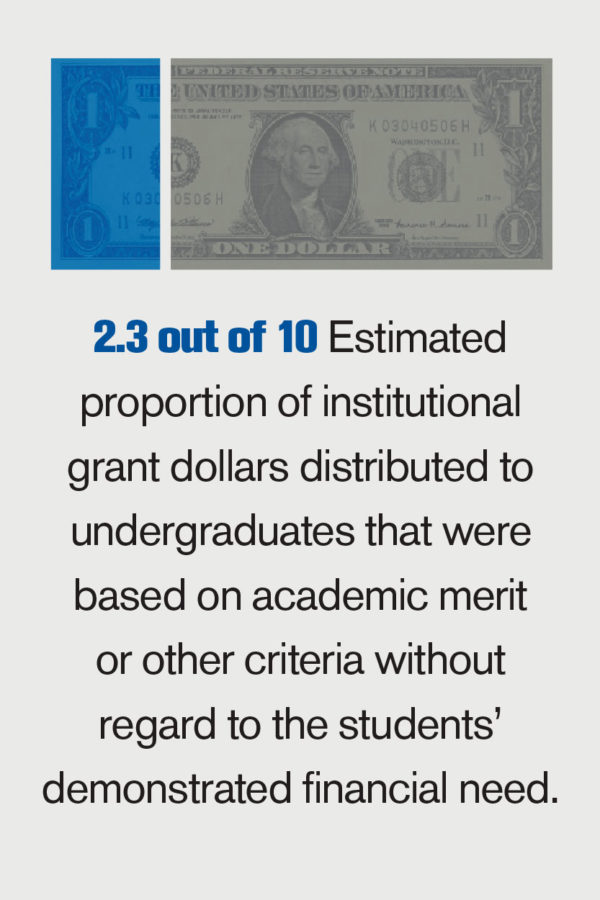Colleges and universities were among the first organizations to repurpose their resources to help fight the COVID-19 pandemic. On the front lines and behind the scenes, campuses were quick to answer calls for help by:
- Drawing on faculty expertise.
- Making campus facilities available.
- Redirecting logistical assets.
- Refocusing research labs.
- Enlisting student volunteers.
New examples of institutions stepping up to join the battle continue to emerge every day. Here are some examples.
Trials, Tracking, and Testing
At academic health centers, researchers are testing medications that may be used to treat COVID-19.
- The University of Nebraska Medical Center, Omaha, was approved by the National Institutes for Health for the first randomized clinical trial of remdesivir as a treatment for COVID-19.
- The University of California San Diego is collaborating with UC medical centers in Irvine, Davis, and San Francisco to conduct another clinical trial on remdesivir.
- Washington University, St. Louis, launched a clinical trial of hydroxychloroquine, in combination with other drugs.
- A team of researchers from the University of Chicago; Northwestern University; the University of California, Riverside; and the Energy Department’s Argonne National Laboratory began mapping a protein (Nsp 15) of SARS-CoV-2, the virus that causes COVID-19. If that structure can be mapped, scientists might be able to interfere with the virus’s ability to replicate in human beings.
- Researchers in Harvard’s Precision Vaccines Program are attempting to develop a COVID-19 vaccine targeted at older populations.
- Research is underway at Thomas Jefferson University, Philadelphia, on the possibility of altering existing vaccines to hasten the creation of a COVID-19 version.
- The University of Pittsburgh Center For Vaccine Research is collaborating with scientists in Paris and Vienna to develop a vaccine that can be taken to clinical trials.
- Scientists at the Tulane National Primate Research Center are using a nonhuman primate model to study the disease’s clinical progression, its transmission, and the reasons it affects the older population more than other age groups.
- A team at Boston University’s National Emerging Infectious Diseases Laboratories is conducting research on live samples of the novel coronavirus.
- Johns Hopkins University created an online COVID-19 global cases tracker that displays the spread of the virus around the world as well as within individual counties and cities.
- The Association of American Medical Colleges reported that several academic medical institutions—the University of Washington Medical Center, Johns Hopkins University, and Stanford University—are developing tests to detect the coronavirus.
Surge Hospitals and Special Housing
Several institutions—including Tufts University, Middleburg College, and New York University—converted campus dormitories to temporary hospitals in order to create additional beds for COVID-19 patients or care for individuals displaced from hospitals due to the surge of COVID-19 patients.
The University of Kentucky readied its indoor football practice facility to become a temporary hospital, while the University of Vermont and University of Mary, Bismarck, N.D., have made gymnasiums available to serve as surge hospitals.
A number of institutions are offering major campus facilities to help communities cope. Oakland University, Rochester, Mich., turned its available dormitory rooms into housing for health care workers who needed a safe place to stay. Other institutions, such as the University at Albany, are offering parking lots to be used for drive-thru virus testing.
PPE and Critical Supplies
Across the nation, robotics centers and departments of physics and engineering ramped up their capacity and started producing personal protective equipment (PPE) and other medical supplies, such as ventilators, that hospitals need urgently.
- Missouri State University, Springfield, Mo., is working with a local hospital to develop a prototype for reusable face shields.
- Tennessee State University, Stony Brook University, Ivy Tech Community College, and the University of Southern Maine are using 3D printing machines to design and make components for face shields.
- At the University of Central Florida, researchers are studying a special coating that could be applied to the surface of PPE to kill the virus.
Scores of institutions, both large and small, have donated PPE—including masks, gowns, coats, and gloves—to hospitals and health care workers.
Major research universities are turning to their temporarily shuttered research labs for inventory. MIT, the University of Chicago, and Harvard collected spare PPE and donated it to hospitals and clinicians in need.
Smaller colleges also make their local communities a priority. Missouri Southern State University gathered excess PPE from its athletics department and various health care programs and donated it to local hospitals in Joplin. Salisbury University, Md., did something similar for its community.
Student Volunteers
At many institutions, students are volunteering to help public agencies, community organizations, and health care providers. These examples illustrate the boundless creativity and energy of today’s collegians.
At Cornell College, Mount Vernon, Iowa, the esports team turned over the processing power from 12 arena computers to help boost a network of PCs working together as an international supercomputer to simulate COVID-19 proteins.
Students from colleges and universities across Massachusetts are pitching in to help the Community Tracing Collaborative, a virtual call center, trace individuals who might have had contact with people who tested positive for the virus.
Graduate students in public health at the University of Arizona are assisting county health departments by answering the overflow of calls from the public about the pandemic.
The Need for Accurate Information
Several universities arranged to expedite the graduation of students in health care professions—such as nursing, osteopathy, and medicine—so they could join clinicians in the field as soon as possible.
Epidemiologists, public health experts, and infectious disease specialists, most of whom hold university appointments, are providing empirically based advice and opinions about the virus, its treatment, and the risks for its return to a public that urgently needs accurate information.
This contribution is vital since it helps counteract any misinformation regarding the pandemic.
Leadership Plays a Crucial Role
Campus leaders deserve credit for their willingness to mobilize the resources of their institutions as they continue to balance several priorities:
- Ensuring that safe, effective learning opportunities continue to be available for students, faculty, and staff.
- Adjusting budgets that almost overnight became significantly out of balance due to severe revenue shortfalls coupled with unexpected cost increases.
- Extending their campus resources to serve the nation during this unprecedented emergency.
MICHAEL T. NIETZEL is president emeritus of Missouri State University, Springfield, and author of Coming to Grips with Higher Education (Rowman & Littlefield, 2018).



